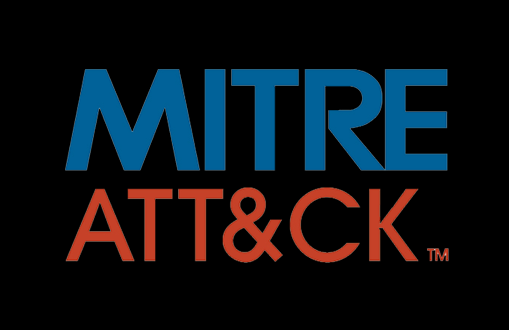Understanding the MITRE ATT&CK Framework: Strengthening Cybersecurity Defenses
If you’re a member of the infosec community, chances are you’ve probably heard of the MITRE ATT&CK framework. However, despite its recognition, its intricacies might still not be fully understood. This blog aims to bridge that knowledge gap by providing an introductory explanation of what the MITRE ATT&CK framework is. We’ll delve into why it was created, and how it benefits companies in general, and how it can benefit both blue and red teams.
In the ever-evolving landscape of cybersecurity threats, organizations need robust strategies to defend against adversaries. One powerful tool that has gained significant traction is the MITRE ATT&CK framework. This comprehensive framework serves as a crucial resource for organizations, both in strengthening their security posture and understanding the tactics and techniques employed by threat actors.
What is the MITRE ATT&CK Framework?
The MITRE ATT&CK (Adversarial Tactics, Techniques, and Common Knowledge) framework is a globally recognized knowledge base that catalogs and categorizes adversary behaviors during cyberattacks. It provides an in-depth understanding of tactics and techniques used by threat actors across various stages of an attack, from initial reconnaissance to post-exploitation activities. The framework spans a wide range of platforms, including Windows, Linux, and cloud environments, ensuring its relevance to diverse technology landscapes.
Why was the MITRE ATT&CK Framework Created?
The MITRE ATT&CK framework was created with several goals in mind:
- Standardization: The framework establishes a common language and knowledge base for cybersecurity professionals, allowing them to communicate effectively about adversary behaviors and strategies.
- Threat Intelligence: By detailing real-world attack techniques, the framework enables organizations to leverage threat intelligence for proactive defense and incident response.
- Attack Simulation: Both blue and red teams can use the framework to simulate attacks, enhancing their understanding of vulnerabilities and potential attack vectors.
- Knowledge Sharing: The open nature of the framework encourages collaboration among the cybersecurity community, fostering the exchange of insights and strategies.
Benefits to Companies
Strengthening Cybersecurity Defenses
The MITRE ATT&CK framework empowers companies to strengthen their cybersecurity defenses in several ways:
- Effective Threat Detection: By understanding adversary tactics, techniques, and procedures (TTPs), organizations can tailor their detection mechanisms to identify specific indicators of compromise.
- Incident Response: When an incident occurs, the framework provides guidance on how to respond effectively, minimizing the damage and reducing recovery time.
- Gap Analysis: Companies can assess their existing security measures against the framework’s knowledge base to identify potential weaknesses and areas for improvement.
Benefits to Blue Teams
Enhanced Defensive Strategies
For blue teams, the MITRE ATT&CK framework offers several advantages:
- Better Understanding of Adversaries: Blue teams gain insights into the methods used by attackers, enabling them to anticipate and counteract various attack vectors.
- Attack Simulation: The framework allows blue teams to simulate real-world attacks in controlled environments, helping them identify vulnerabilities and optimize response strategies.
- Adaptive Security: By staying up-to-date with the latest adversary tactics, blue teams can adapt their security measures to counter emerging threats effectively.
Benefits to Red Teams
Improved Offensive Strategies
Red teams, responsible for penetration testing and identifying vulnerabilities, can leverage the framework for their advantage:
- Realism: The framework provides red teams with a repository of actual adversary behaviors, enhancing the realism of their simulations and assessments.
- Scenario Building: Red teams can construct more accurate and impactful scenarios based on the framework’s detailed insights.
- Mitigation Testing: Red teams can work closely with blue teams to validate the effectiveness of security controls and identify potential gaps.
Here at Skyrim Security, we frequently employ the MITRE ATT&CK framework in both Red and Purple team engagements. In these scenarios, we often simulate specific Advanced Persistent Threats (APTs) by adopting their known TTPs, tailoring our approach to meet the unique requirements of our clients.
In conclusion, the MITRE ATT&CK framework serves as a cornerstone in the modern cybersecurity landscape. Its detailed catalog of adversarial tactics and techniques offers a wealth of knowledge for both defensive and offensive cybersecurity professionals. By harnessing its power, organizations can enhance their security measures, respond effectively to threats, and stay one step ahead of cyber adversaries.








